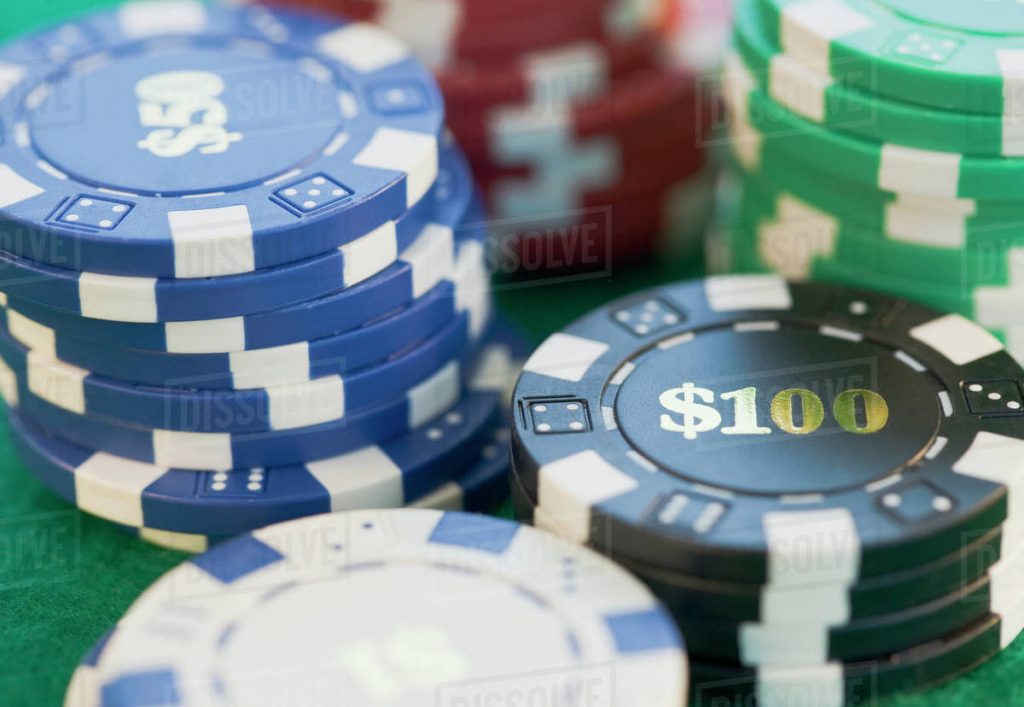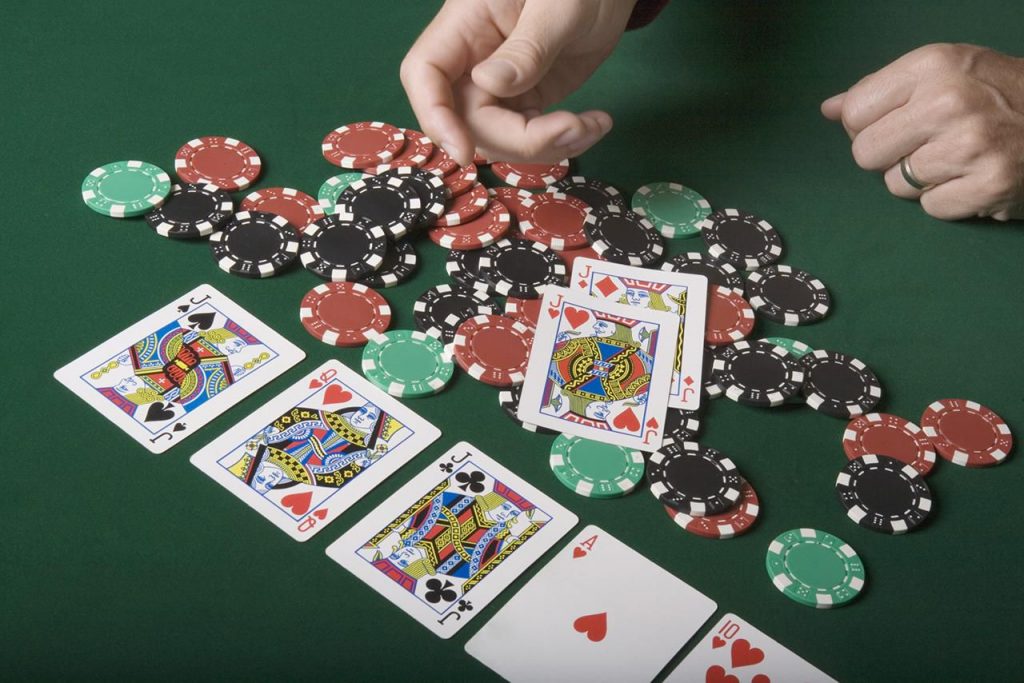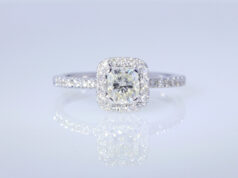
These colored tokens have been used for decades and today, they can be found on every casino table all over the globe and are a definite necessity at any card game tournament. Although they are not exactly needed when one is enjoying a game of poker at home with friends, they can surely make the entire experience feel more authentic and exciting. Not only that, but they are much safer to use than, for example, real cash, they make playing much easier, and feel fantastic in your hand. Besides, the look great when stacked in front of you and can actually help players relax and loosen up at the table.
These markers offer plenty of benefits and buying a set for your playroom or playgroup might seem like a logical thing to do. Today, there are a lot of different types to choose from, so whether you are simply interested in owning them or are planning to use them on your game nights, here are some things to consider before your purchase.
1. Type

These tokens have a long history and were first created from clay, ivory, and bone in the 19th century. However, they had no unique designs by which one could tell them apart. This lead notorious players to copy them often until casinos finally decided to produce unique ones made from clay around 1880 but their design has greatly improved since then, making them hard to reproduce. Now, these commercially produced items come in a variety of designs, colors, and values, but are most commonly made from 4 different materials which include:
Plastic – There are two kinds to choose from if the appearance is not so important and you are not looking to own casino-quality ones. The first kind is often filled with more colors than necessary but is extremely cheap, so it might be a good choice for beginners to use for practice. The second ones come in the standard 39 mm size, are heavier than the first, and can be found in solid colors, making them suitable for friendly card games at home.
Clay Composite – Although they were originally made from clay, they were replaced by its composite in the 1950s because the material is less fragile and more durable than clay. It is meant to mimic the touch and feel of the original tokens, and they do feel much better in the hand as compared to plastic ones.
Ceramic – An upgrade from the first two types, these tokens are more durable and of higher quality. They are created with injection molding technology and have graphics that are directly printed on them as opposed to using stickers or inlay. It is easier to perform chip tricks with this type, they glide over the table felt much smoother, and are also highly customizable.
Metal – The rarest of them all, they come in shades of bronze, silver, and gold. They offer an extremely unique design and experience, but they require some effort to find because they are extremely scarce.

If you are unsure of what type would work best for you, Gambling News Magazine offers great reviews on a variety of poker-related items.
2. Denomination and Color
To prevent player confusion, it might be best to follow casino standards and opt for 4 key colors, such as black for 100 dollars or units, green for 25, red for 5, and white for one. If you are looking for a wider color variety you can additionally choose blue for 10 units, purple for 500, and orange for 1000. The best chips are filled with three colors at most, so it is advisable to not buy ones that have more than that. If you are buying customized tokens, besides the solid color, you can also add your own accent hues on the outer edge, but keep in mind that it usually costs extra.
3. Design
There are a lot of designs to choose from and certain manufacturers offer exclusives as well. Regardless, there are three common designs that are considered standard which include suited – card suits are imprinted around the token, diamonds – with diamond imprints, and dice – with die sides imprinted all around.
4. Quantity

How many tokens you will purchase solely depends on the size of your playgroup. However, even if you have more than you might need on certain game nights, it is still better than not having enough. The recommended amount for 3 to 4 players is 300 pieces, 5 to 7 – 500 tokens, for 8 to10 players 700 chips, and for more than 10 around 1000. To put it simply, you should have 50 to 100 tokens per person.
5. Extra Features
If you are looking to boost your game experience, you should opt for sets that offer a variety of accessories. Many of them provide items such as cards, a case, tray inserts, a dealer button, and many others.
Where You Can Purchase Them
Plastic ones are the easiest to purchase and they can be found in most big department and retail stores. Composite clay tokens can be easily purchased in professional online stores, but also certain retail shops, and stores that specialize in selling poker items. Ceramic ones can be found on the internet and come with a variety of customization options and designs.
Advantages and Disadvantages of Each Type

Plastic – Extremely cheap, easily bought, but do not provide an authentic feeling.
Composite Clay – Fairly cheap, durable, numerous color options, great texture and feel, however, they have limited graphic and personalization options.
Ceramic – Easy handling due to the smooth surface, more intricate designs, highly customizable, great for tricks, and feel just like casino tokens do. They are pricier as compared to the other two and can’t always be purchased in smaller amounts.
Metal – Great weight, interesting texture, uniqueness, but are hard to find, they provide a feeling of holding money instead of chips, and they are harder to perform tricks with.
Conclusion
Poker chips look more professional, offer a quicker and more seamless game flow, and can provide a fun, enjoyable playing experience for your entire group. Choose ones that are best suited for you and see for yourself all the benefits these tokens have to offer.









